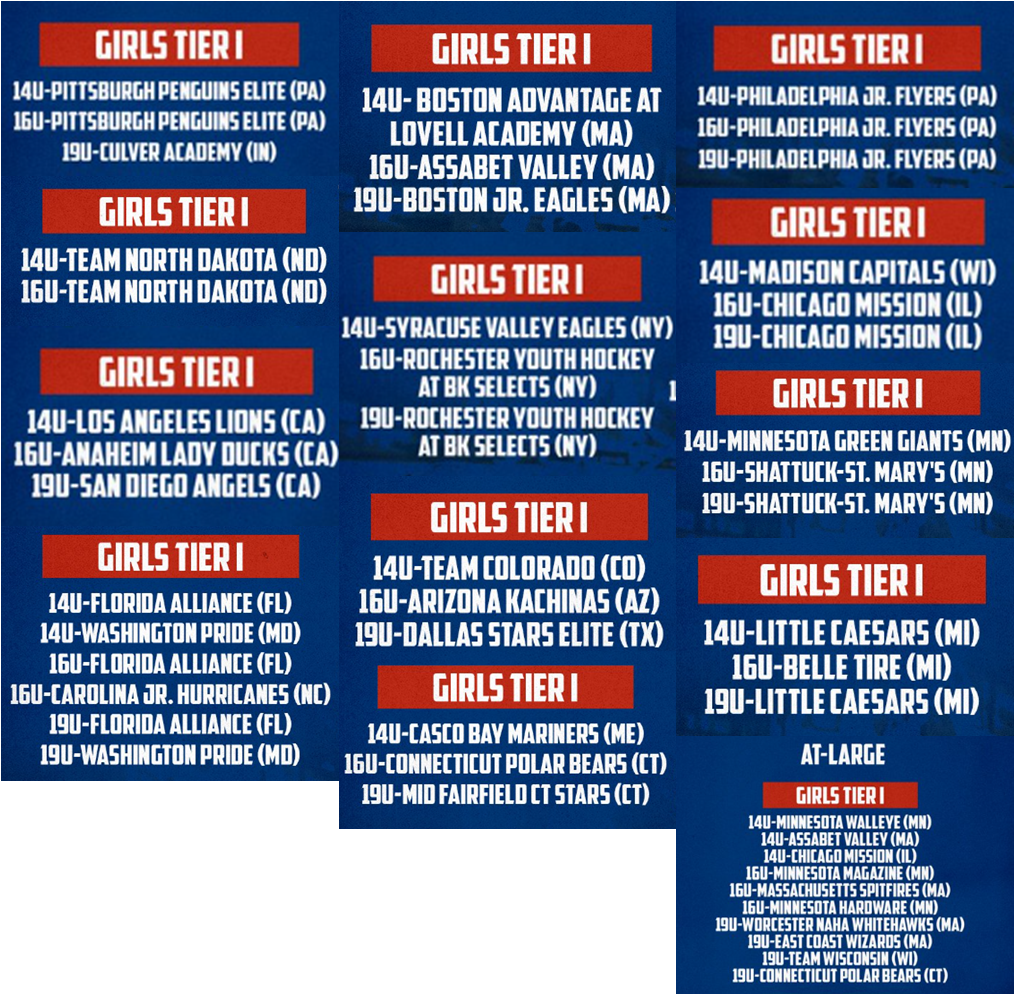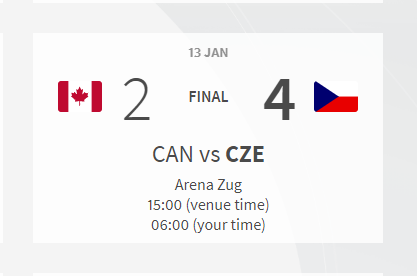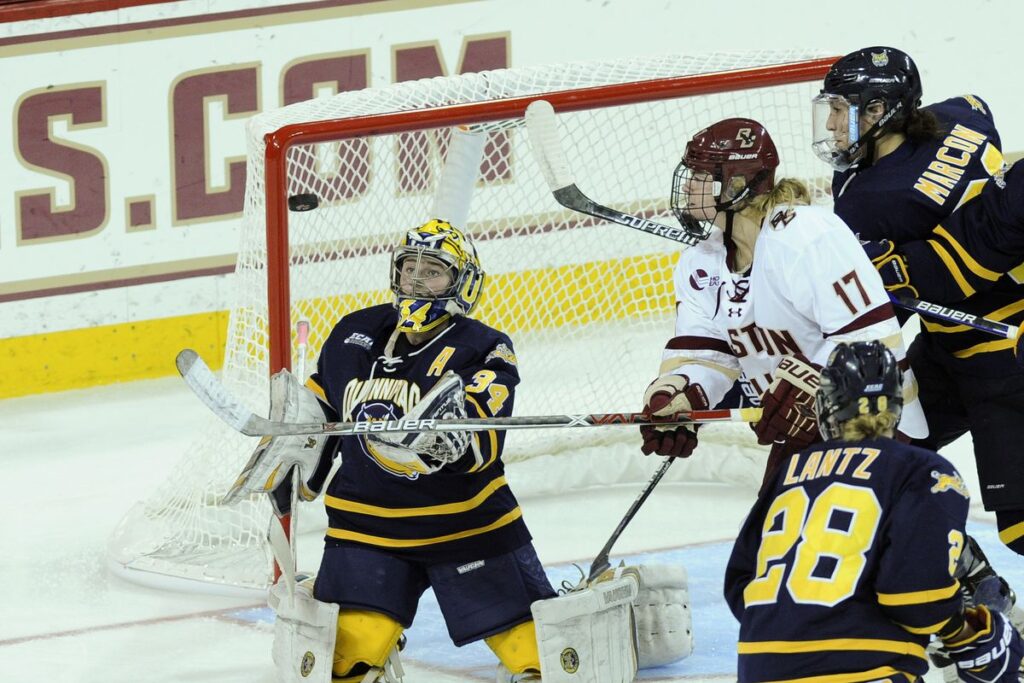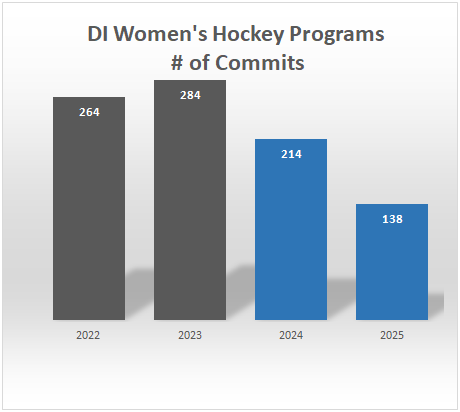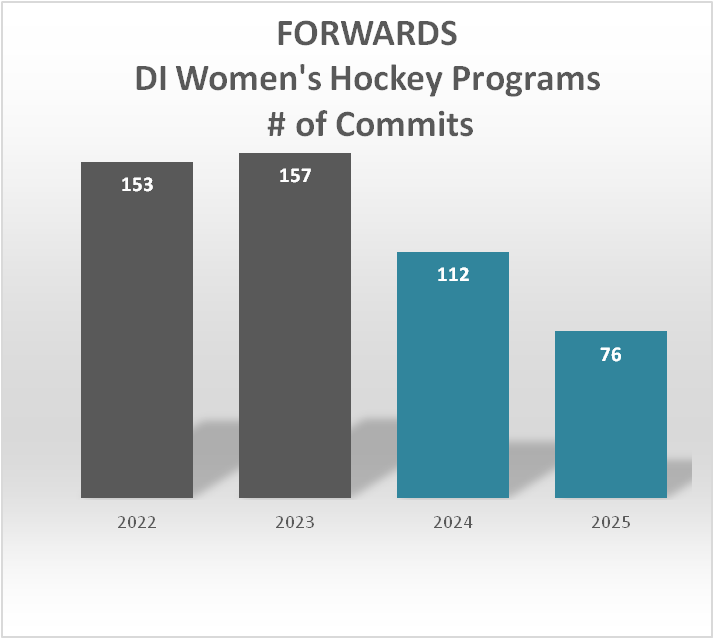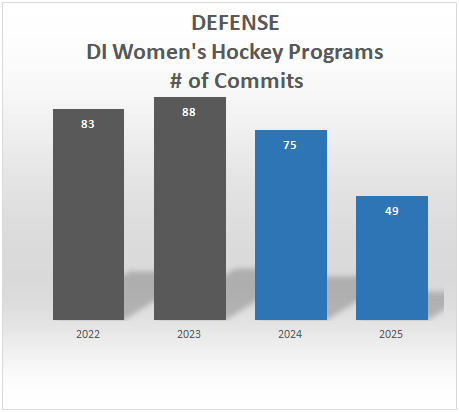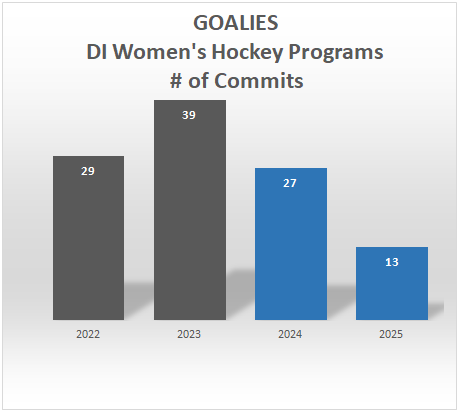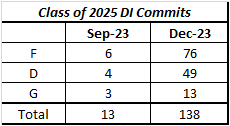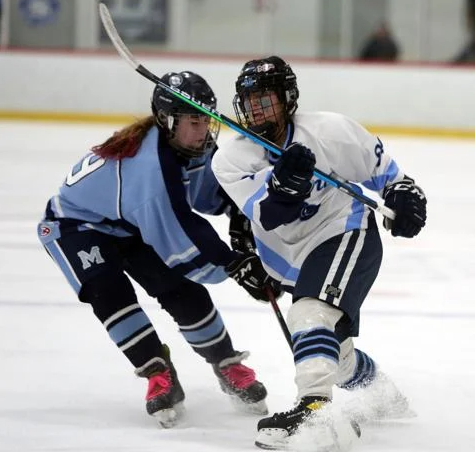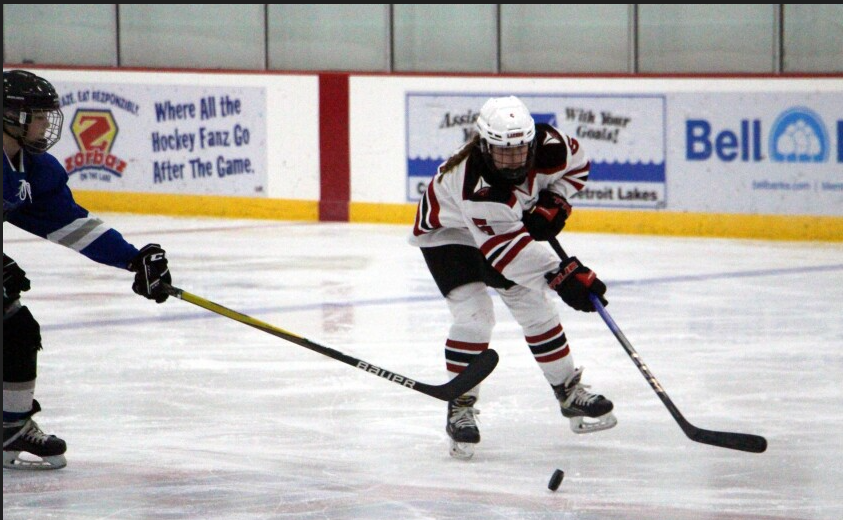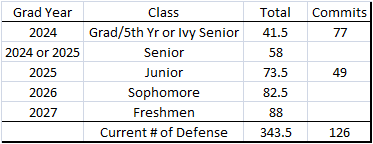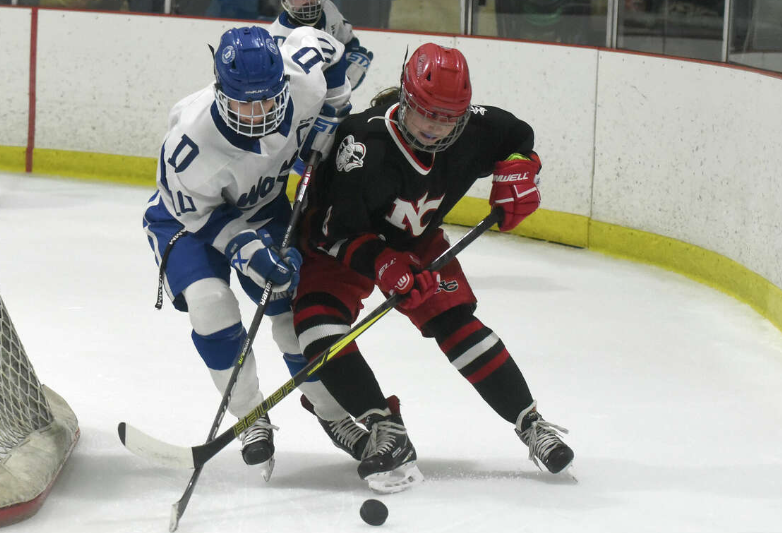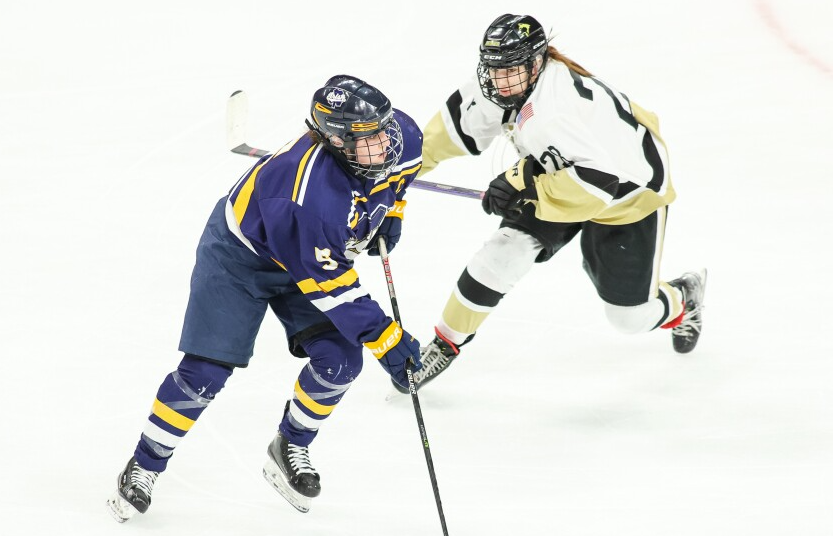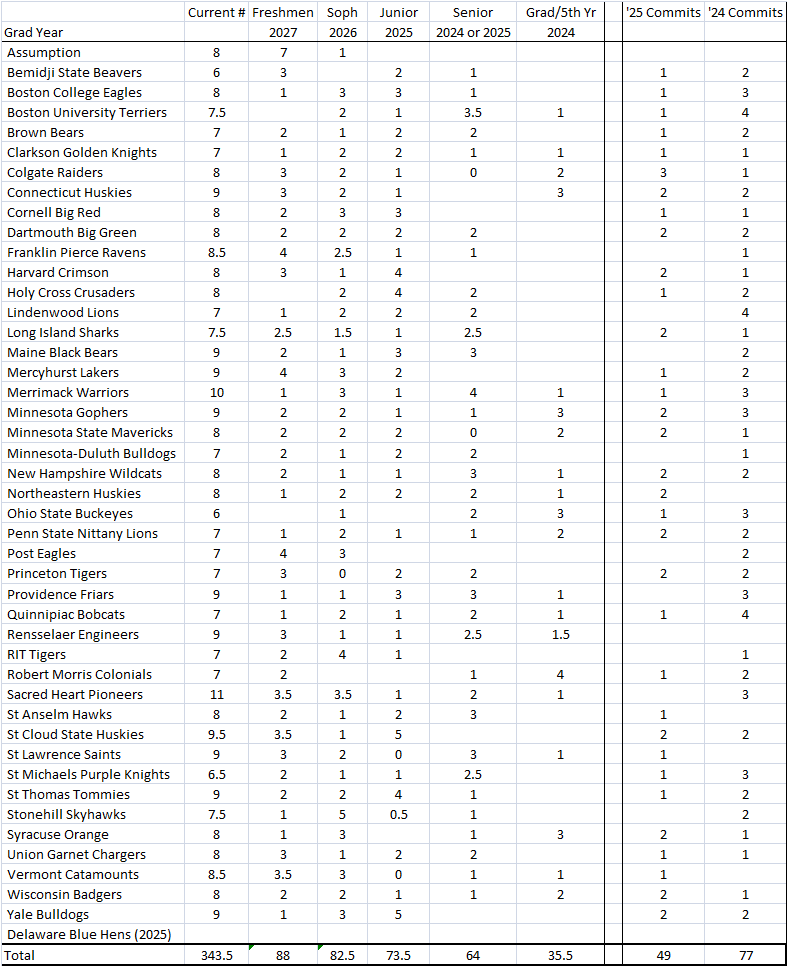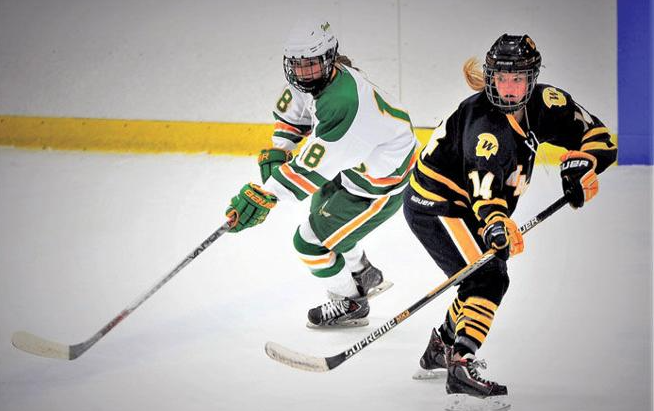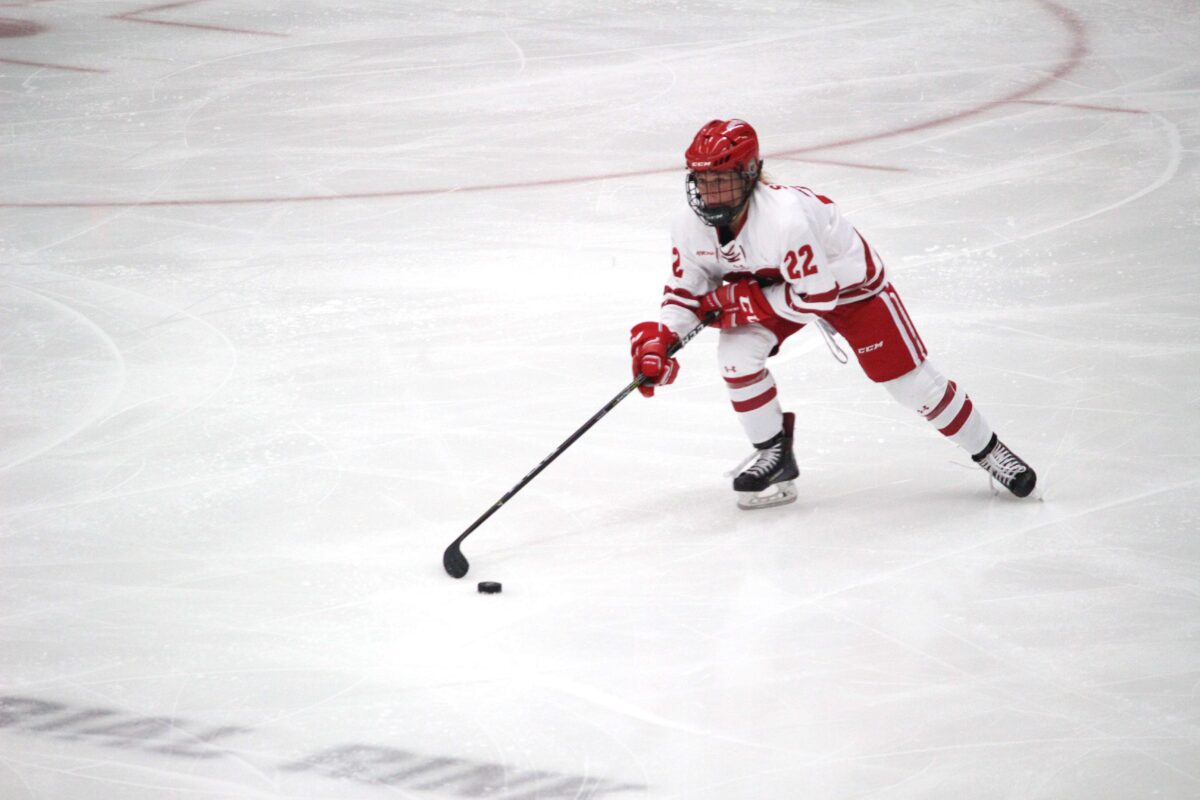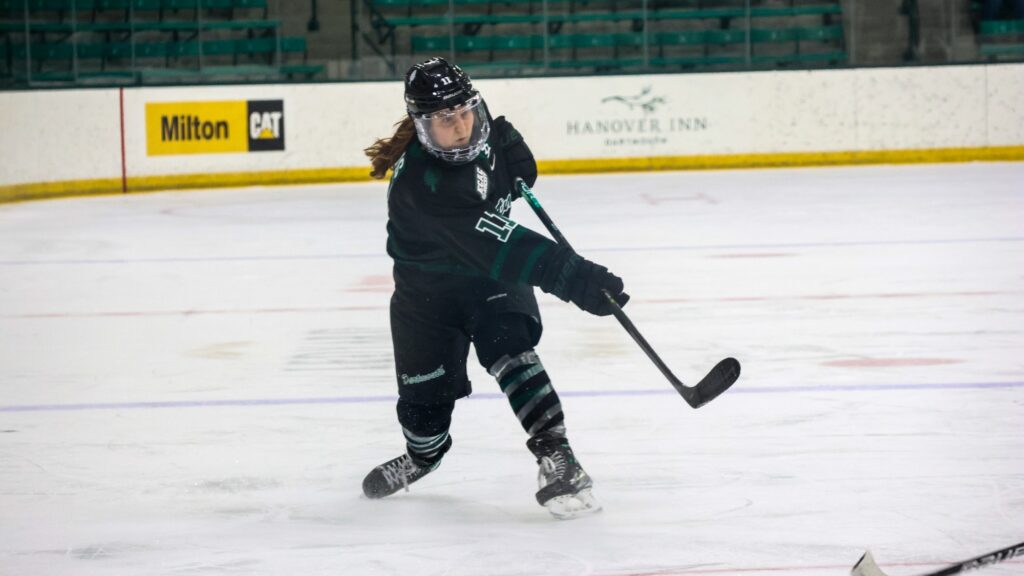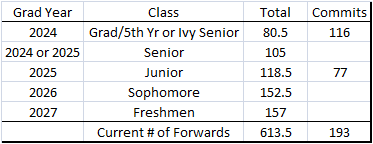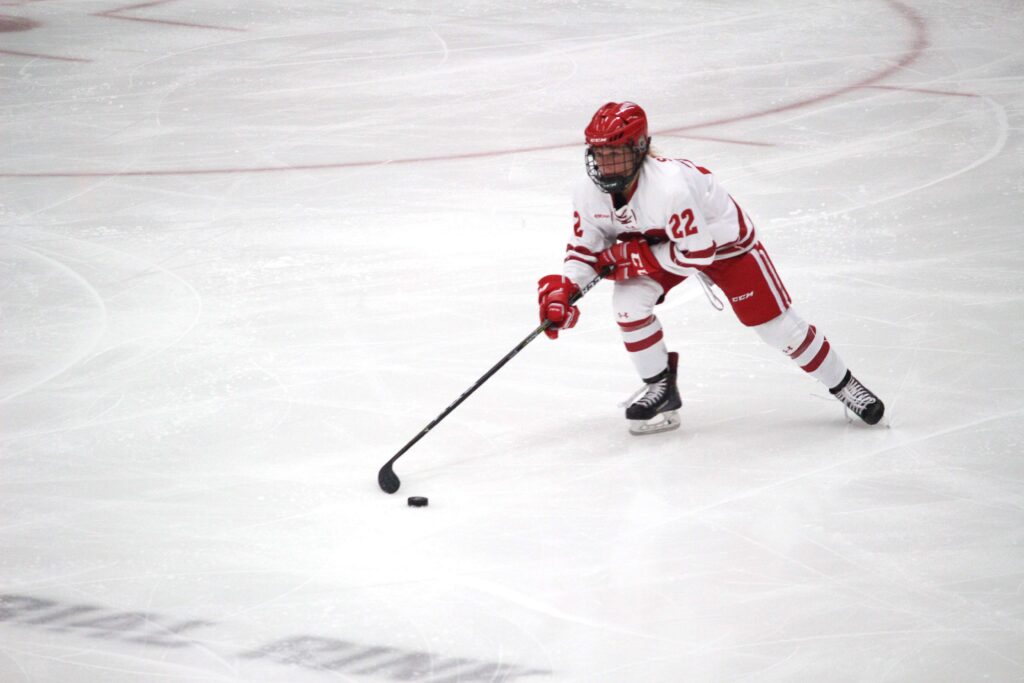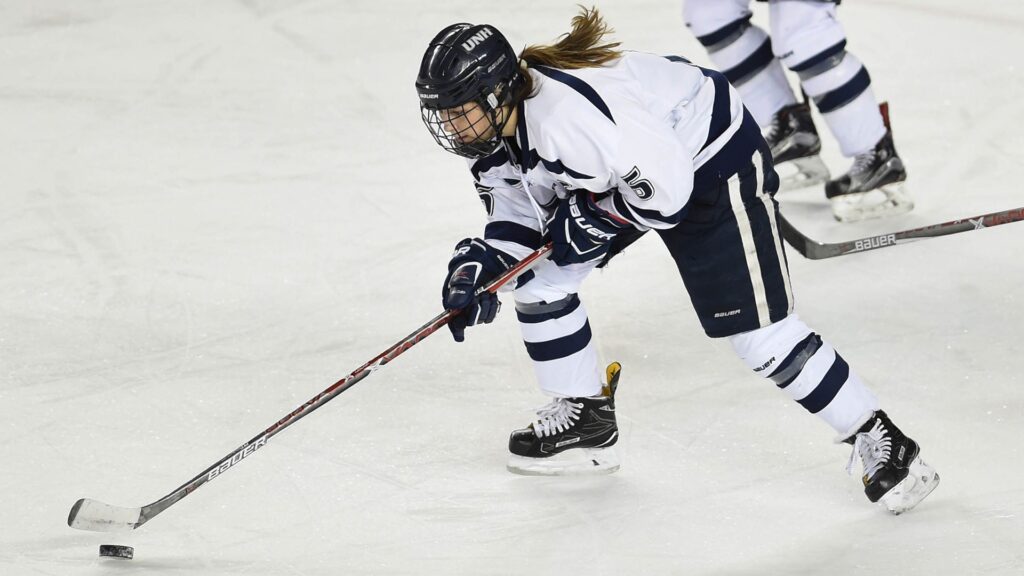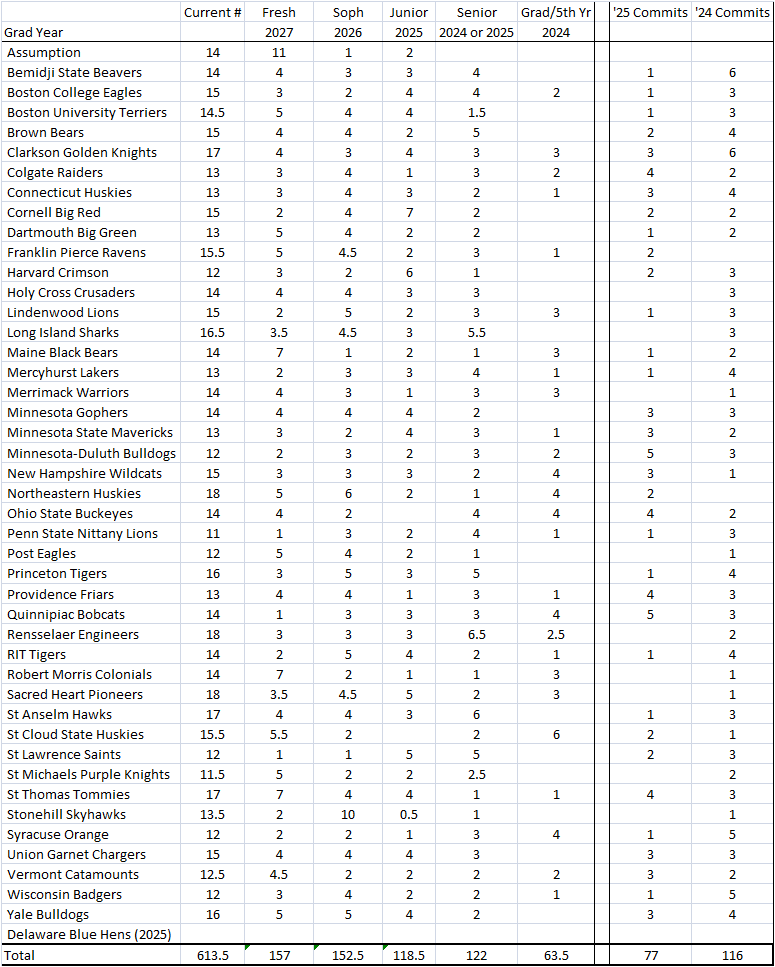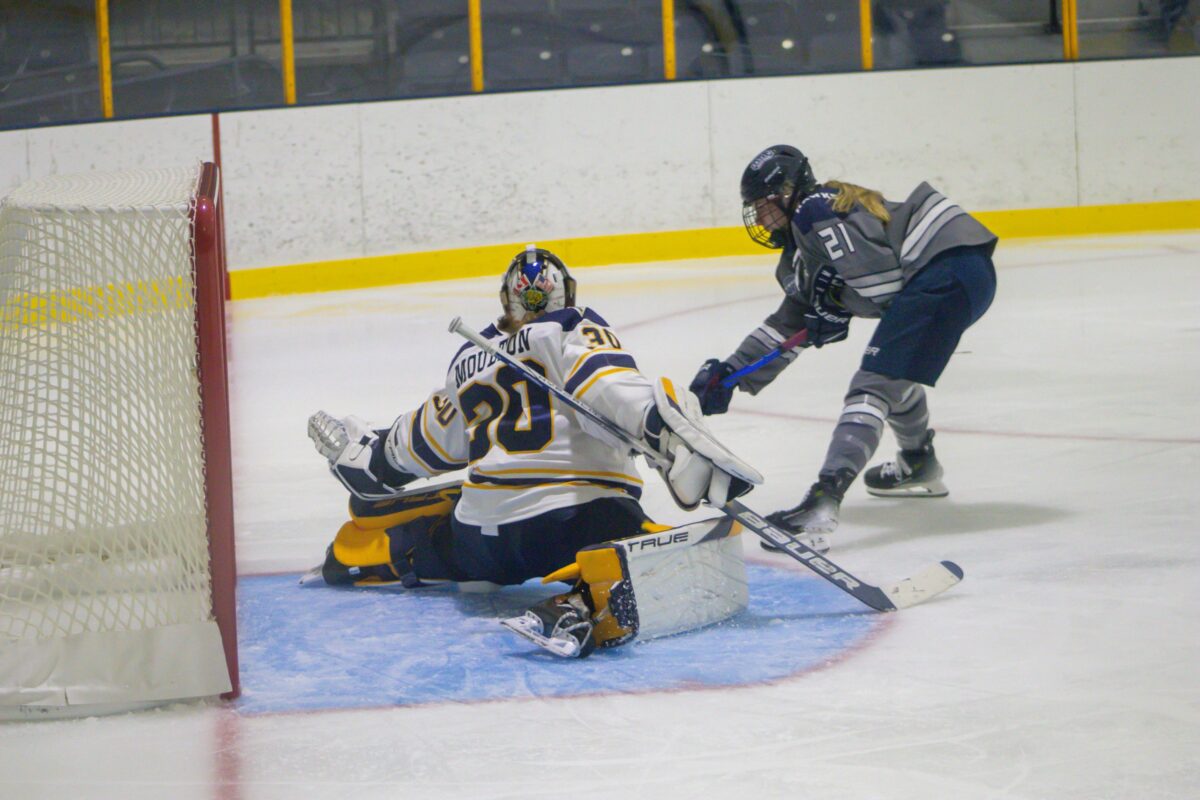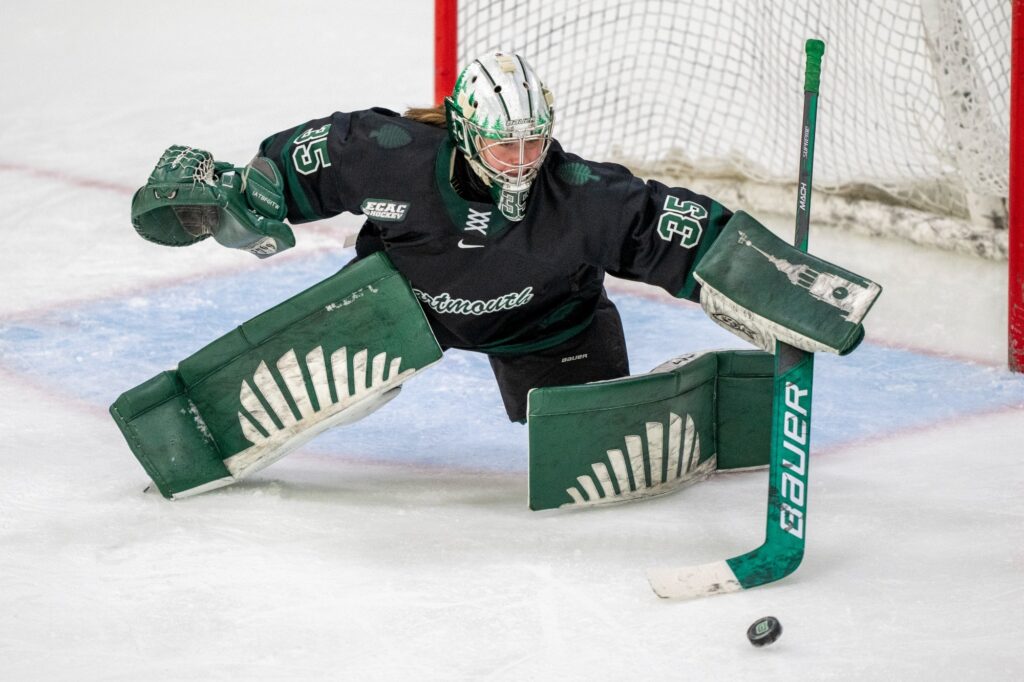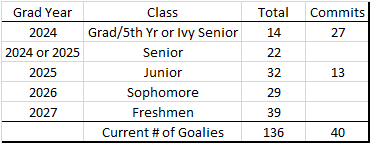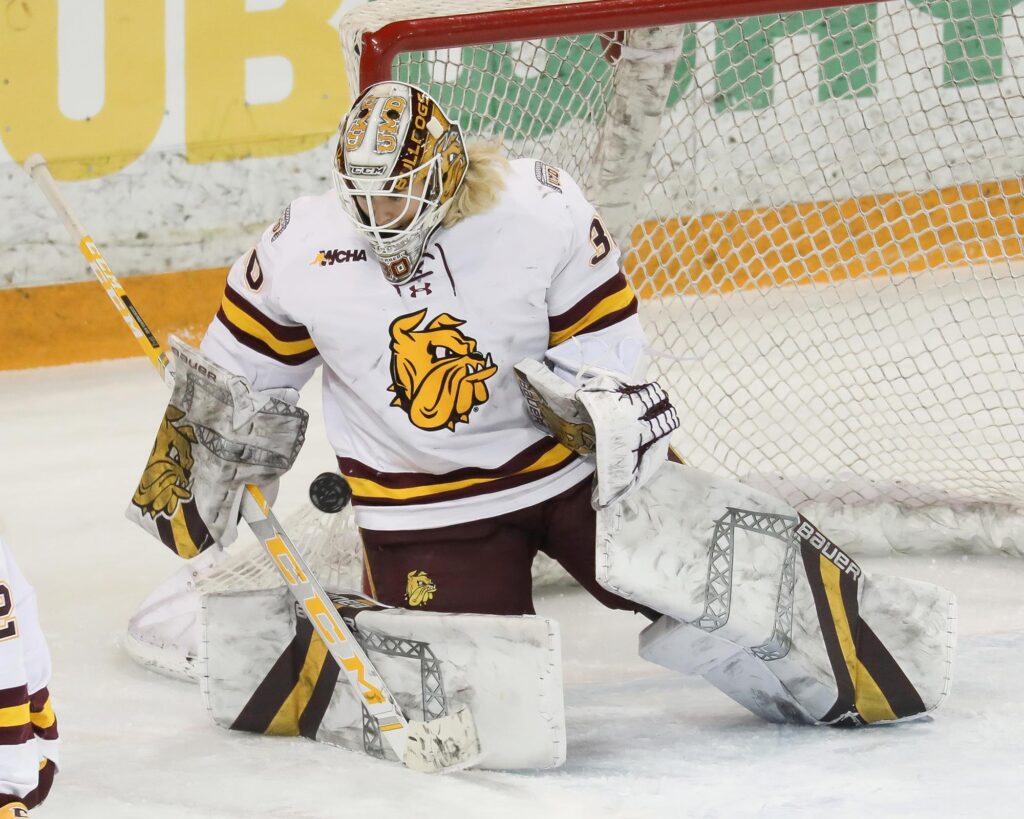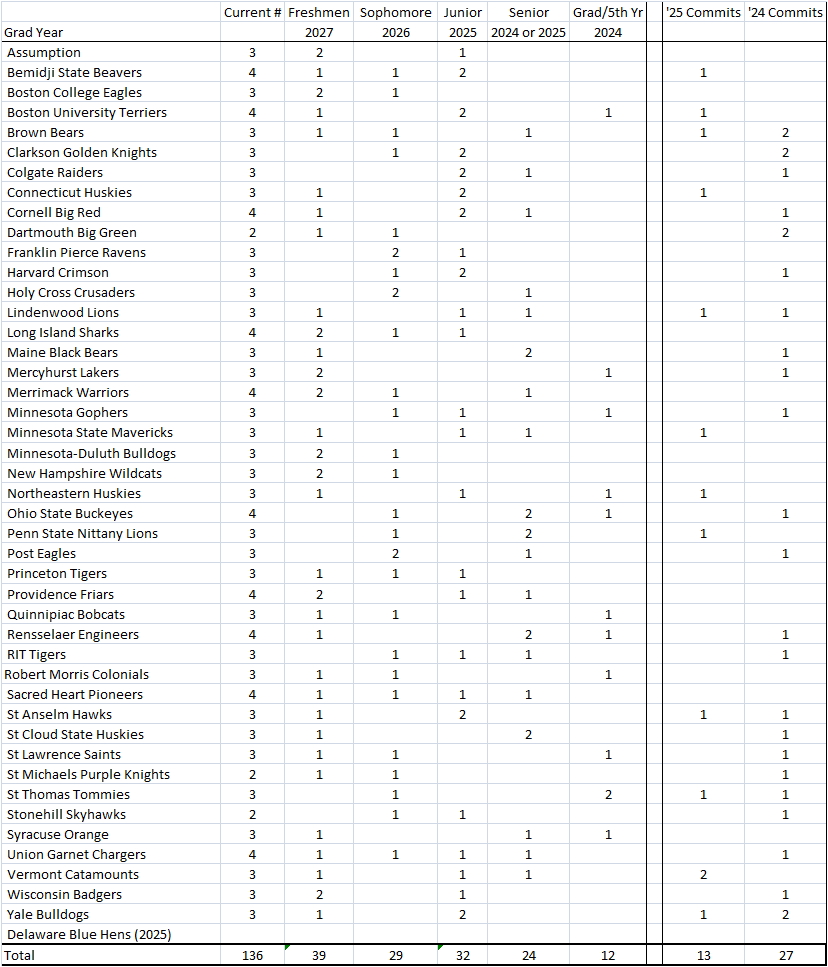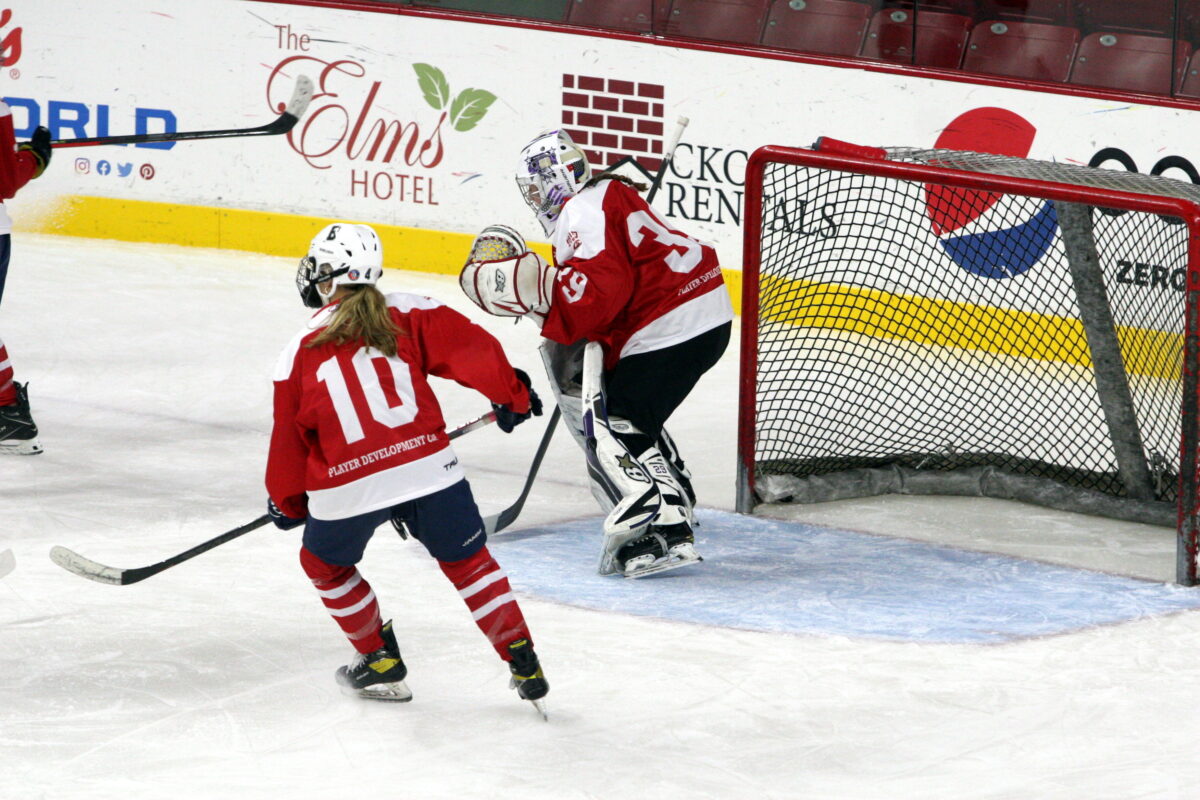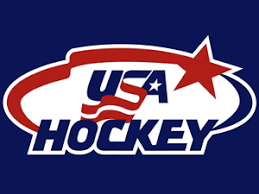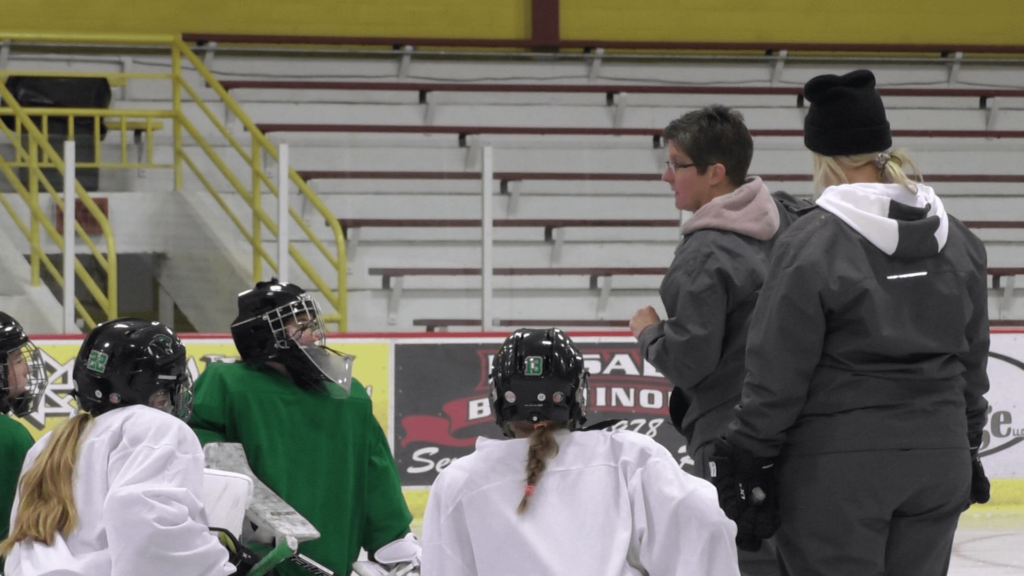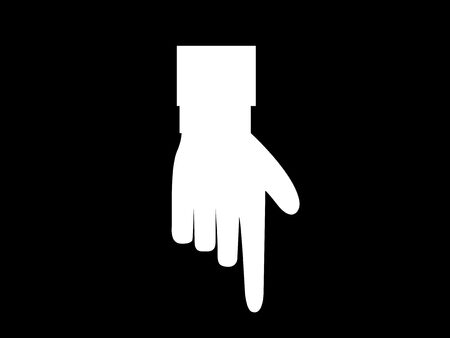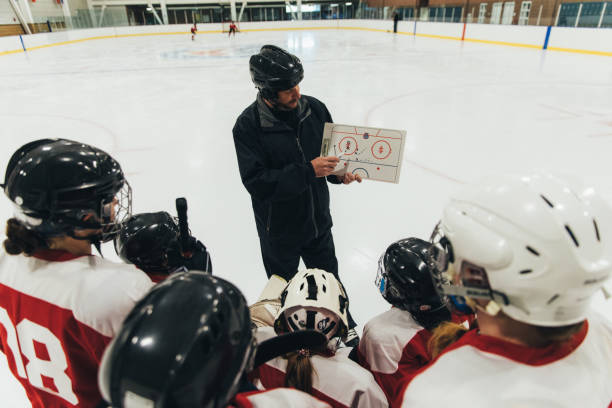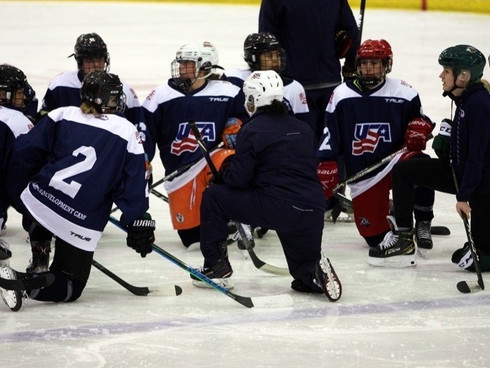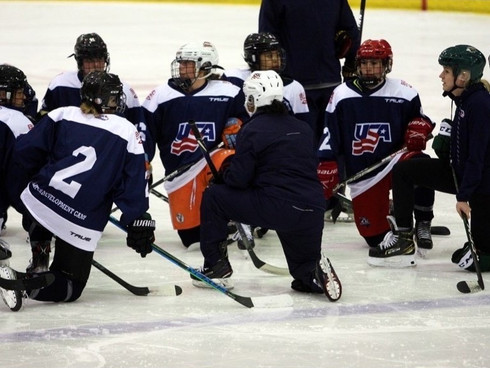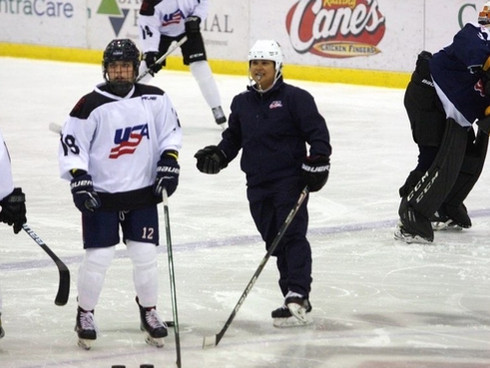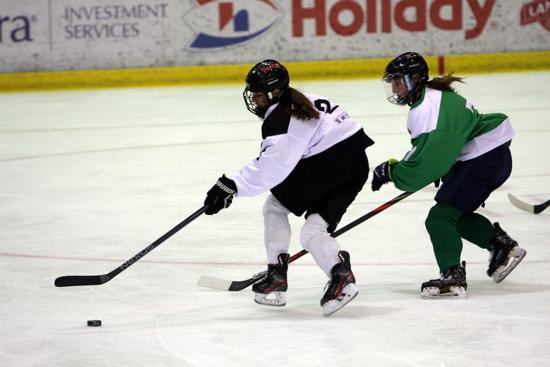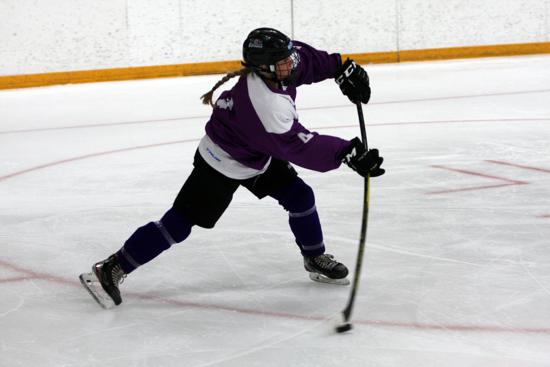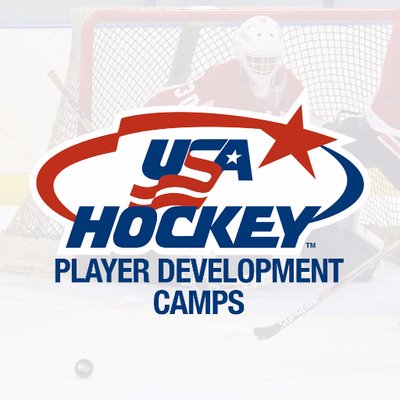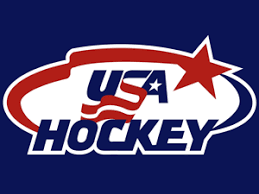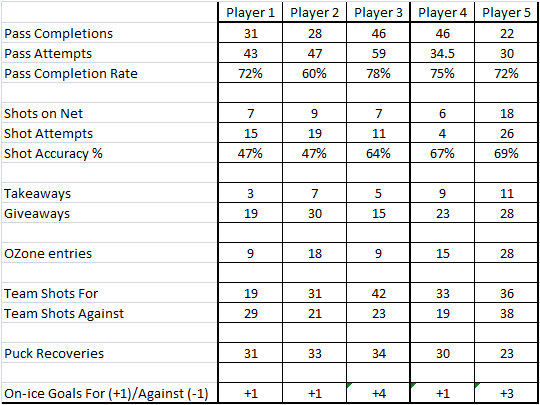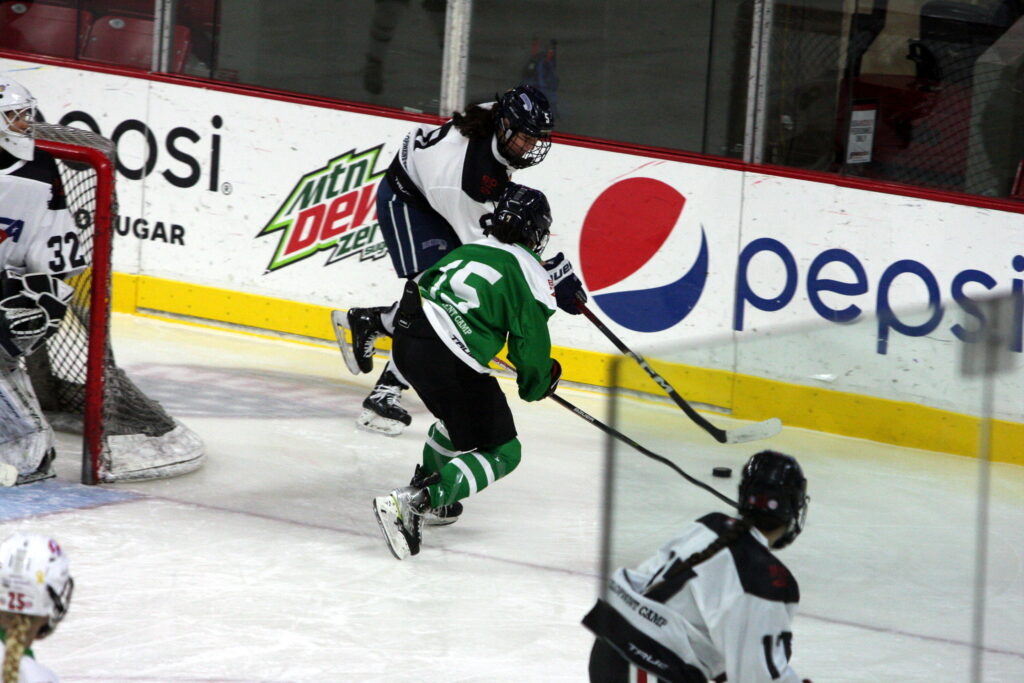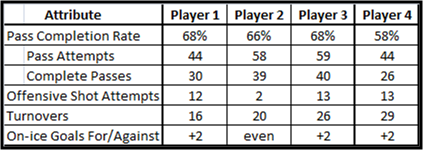Being selected to go to Tier I Nationals is a big deal beyond just competing in the national playoffs to win a championship. Almost every NCAA DI women’s hockey program sends at least one coach to scout players and watch the best teams compete against each other. It gives U.S. players another great opportunity to be seen. While there are many elite players that play for teams that don’t end up qualifying for Nationals – it isn’t the end of the world for them, there are still many other opportunities to be seen (e.g. showcases, USA Hockey camps etc.). However, playing at Nationals is an excellent opportunity and timing to get seen. While the process to make Nationals for District winners and the host team is clear, the at-large selection process is a little murkier. This analysis looks at the at-large selections and how the teams were seeded.
I recently wrote about the selections for the NCAA Women’s Ice Hockey playoffs and how the selections and seedings compared to their MyHockeyRankings ratings. Unlike the NCAA, the USA Hockey National Playoffs actually uses MyHockeyRankings to help select the at-large teams for both youth and girls divisions. On the youth side, in addition to the 12 district winners, there are typically 4 at-large teams selected for Tier I (AAA). On the girl’s side, they also have 12 district winners. However, this is the final year where the girls host team gets an automatic spot in addition to that districts winner. So there are two teams from the Southeast district this year. Next year there will also be 4 at-large teams for Tier I girls.
Candidly, I haven’t taken the time to learn how the Tier II selections are made for Nationals. And I certainly don’t understand how the High School Girls teams are selected – because the last couple of winners have not really played high school hockey teams for their regular schedule, but mostly against other Tier I (AAA) classified teams. So this 3-part analysis will focus solely on the 14U, 16U and 19U Girls Tier I selection and seeds for next week’s USA Hockey 2024 Nationals taking place in Wesley Chapel, Florida.
Note: If you are heading to the Tier 2 girls playoffs, you can still be scouted by DI coaches. This week I spoke with a DI coach who will be in East Lansing and will be looking for the top players from smaller regions that can’t easily play for a Tier I team.
Girls 14U Selections
Below you can see the ranking of the 16 teams who will be playing at the 14U Tier I Nationals. The 3 highlighted teams (Minnestota Walleye, Assabet Valley and Chicago Mission) are the at-large invitations, then there is the host team (Florida Alliance) and the other 12 are the district champions.

The USA Hockey 2024 National Guidebook provides the following description for how they decide on the at-large teams and seedings:

From a selection standpoint, the only team which is not clear is the Minnesota Lakers not being selected for an at-large spot. The two reasons I can think of are a) the first at-large spot already went to a Minnesota district team (Walleye) so maybe the committee didn’t want to take two at-large teams from the same district. The other might be that I have heard Minnesota players care more about their High School playoffs than USA Nationals, therefore getting re-organized (after their High School season ends_ and the cost to play in Florida may not be appealing to some teams. If someone has more information on these decisions, please feel free to provide more information.
As far as the last team to miss the playoffs (excluding the Lakers), the Bay State Breakers were had a 95.48 which was 0.77 below the last at-large team, Chicago Mission. In my experience, that is a pretty large difference in ratings (in other age groups I’ve seen a rating difference of only 0.01 or 0.02 between bubble teams) and thus there shouldn’t be much concern about the Breakers not being selected based on their rating.
Girls 14U Seedings

Pretty much all the seedings make sense with 2 exceptions:

- Minnesota Walleye were ranked #1 according to MHR, but Lovell Academy was given the #1 seed. The two teams never played each other during the season, so that could not be a factor. However, when looking at just the last 10 games for each team, it seems Lovell Academy had a higher rating by 0.3 goals – so that may have been the determining factor in giving Lovell Academy the #1 seed.

2. The Minnesota Green Giants and Philadelphia Jr Flyers were ranked #5 and #6 respectively according to MHR. But the Jr Flyers were given the higher seed. But looking closer, both teams had an identical 95.81 rating. And the Jr Flyers had a 0.3 higher rating over their last 10 games – so this could likely be the determining factor for promoting the Jr Flyers.
The next posts will discuss the USA Hockey Nationals Girls U16 and U19 selections and seedings.
Want to be scouted at Nationals? Use Champs App Messaging to quickly & easily let coaches know your game schedule
Let NCAA coaches know you’ll be at Nationals and your game schedule. The Champs App Messaging tool is the fast, easy way to send error-free messages to coaches before and during the event.
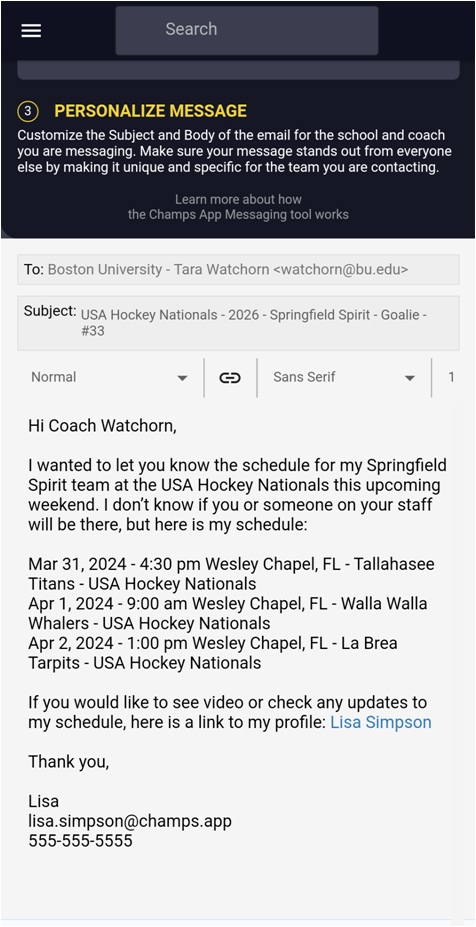
You can easily select a coach & email template and the message automatically populates the coach’s info, school and your personal information from your Champs App profile. Pick the Upcoming Events template and the Messaging tool with magically insert your upcoming games at Nationals into the message.
Watch the demo (Desktop Version) (Mobile Version) and try it out today!


